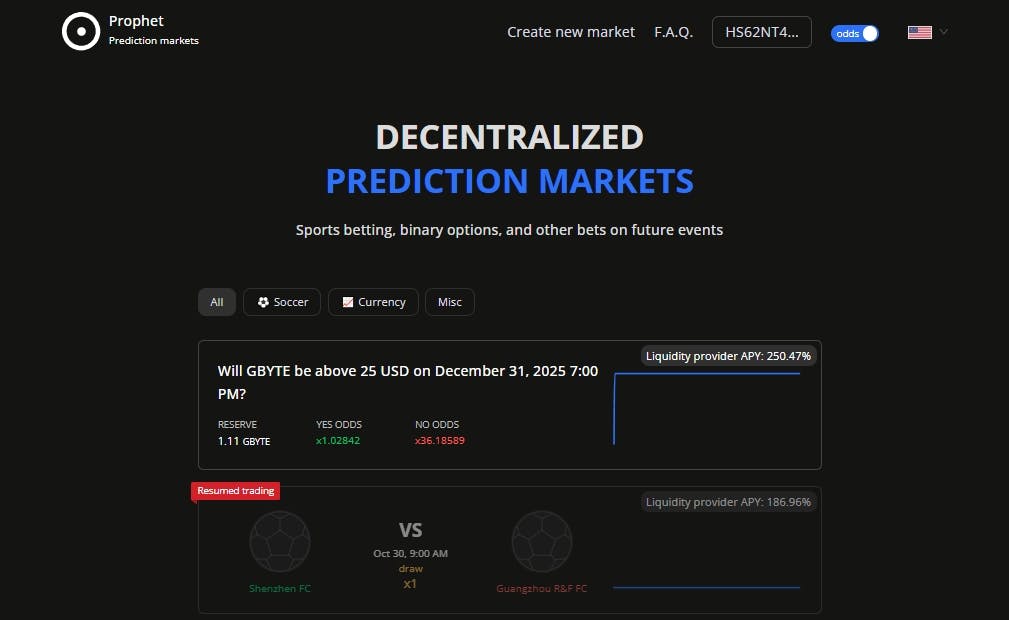
2024-10-18 16:0:23 Author: hackernoon.com(查看原文) 阅读量:1 收藏
In crypto, prices and liquidity are chaotic. Traditionally, markets rely on the interaction between traders to set prices. This means that prices can be more volatile and influenced by large trades or market manipulation, and liquidity fully depends on the availability of buyers and sellers. Bonding curves can efficiently solve these issues and, depending on the platform, even offer some rewards to participants.
Bonding curves are mathematical functions that link a token’s supply to its price, creating a dynamic pricing mechanism. This way, when someone buys tokens, the price adjusts upward according to the curve’s formula. Similarly, when tokens are sold, the supply decreases, causing the price to adjust downward. This method ensures that the token's price always responds to changes in demand and supply, allowing for an automated and transparent valuation process without needing a centralized entity or powerful traders to control the market.
These curves work by embedding liquidity directly into the token’s smart contract or Autonomous Agent (
Bonding curves in DeFi + Obyte
In decentralized finance (DeFi), bonding curves have several practical applications. For example, they are used to create tokens that can fund projects by automatically adjusting the price as demand changes. They also ensure that liquidity remains available, even for newer tokens, making them a valuable tool for projects seeking fair funding and sustainable growth. Moreover, bonding curves can be leveraged to create decentralized autonomous markets where tokens’ prices adjust in real time, promoting fairness and reducing the risk of price manipulation.
Obyte is currently using bonding curves to handle the prices of several tokens on different platforms. Let’s discover some of them.
Ostable (Bonded Stablecoins)
This was the first bonding curve project in Obyte, designed to issue and exchange algorithmic stablecoins. Instead of a fiat reserve, stability for these tokens was supposed to be reached by using multi-dimensional bonding curve formulas (
Prophet
Users can earn money on Prophet by betting on the outcome they believe will happen. If their prediction is correct, they receive a share of the total pool, which includes their initial stake plus a portion of the funds from incorrect bets. Additionally, users can profit by buying and selling tokens when they believe they are mispriced, taking advantage of market fluctuations, or by providing liquidity to various pools and earning from trading fees.
To know more details about how bonding curves work in Prophet, you can read
OSWAP Token
This is the governance token for the largest decentralized exchange on Obyte,
Users can earn with
Bonding curve formulas, detailed tokenomics, and more about the OSWAP Token
Pythagorean Perpetual Futures
They’re decentralized futures contracts on Obyte that use
Traders can earn by profiting from price adjustments, staking for governance rewards, and collecting trading fees, while also benefiting from the DeFi composability of these fungible tokens for integration into other decentralized applications. A full explanation of Pythagorean Perpetual Futures, including specific bonding curves,
As we can see, bonding curves are valuable in DeFi because they provide continuous liquidity and automated, fair pricing based on market activity. This dynamic system allows early participants to benefit from token price appreciation and offers steady rewards for liquidity providers and traders through fees. If you’re ready to try them, you can start on Obyte!
Featured Vector Image by storyset /
如有侵权请联系:admin#unsafe.sh



